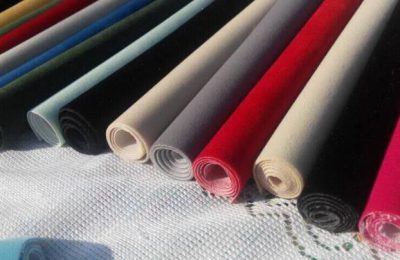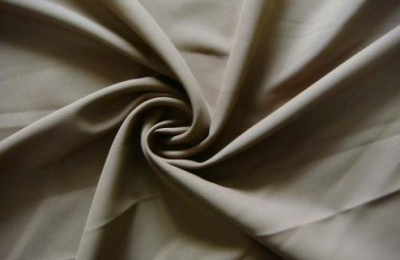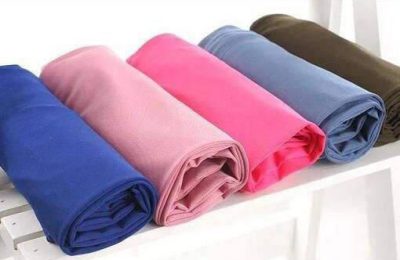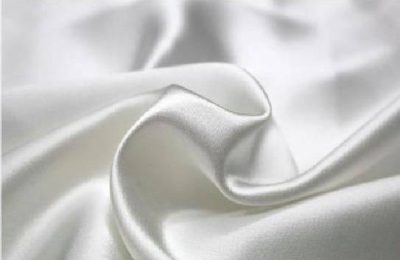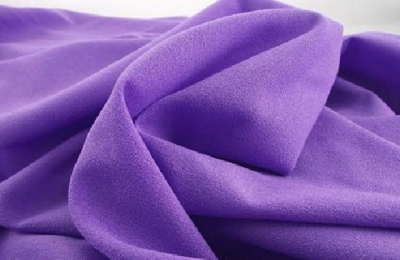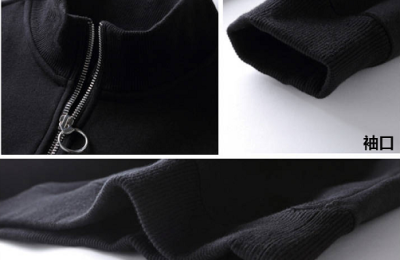PTFE sterilizing filter membrane is currently an important way to solve the filtration of urban water resources, and it is also the fundamental way to coordinate urban water resources and water environment. The treatment and reuse of domestic sewage can not only reduce the exploitation of groundwater, but also provide us with Bring certain economic benefits.
Currently, most laboratories and pharmaceutical companies use microporous membrane filters (such as Zeiss filters) or vertical microporous filters (Millipore, Pall) for sterilization.
The microporous membrane filter is made of stainless steel, and a 0.22um filter membrane can be sandwiched in the middle.
The most important steps in using this filter are the installation of the filter membrane and the sterile filtration process.
When using a Zeiss filter, the filter membrane must first be fully moistened with culture water. When installing the filter membrane, a layer of qualitative filter paper can be placed on it and then fixed.
PTFE sterilization filter membrane has strong hydrophobicity, chemical resistance, waterproofness and low wind resistance, and can achieve high dust removal efficiency. For some extremely small particles with a diameter of 0.1um-0.3um, the filtration level Can reach H13-U16.
In the field of industrial sewage treatment, we have the characteristics of “uniform and stable, high efficiency and low resistance, long life, customizable, easy cleaning and maintenance”, etc., and are accepted and loved by the majority of enterprises.
PTFE film manufacturer specializes in the production of PTFE sterilization filter membranes. It has a full set of advanced production equipment and technology, and also has an advanced clean room and an independent composite slitting workshop to ensure the production quality of PTFE membrane; the product materials produced They all use imported raw materials, with high uniformity, stable performance, good air permeability, and the filtration efficiency can reach 99.999995%! It can basically meet the filtration efficiency grade requirements of sub-high efficiency, high efficiency and ultra high efficiency filters.
</p



